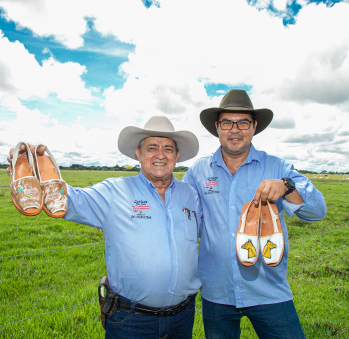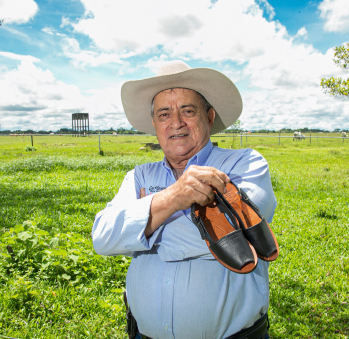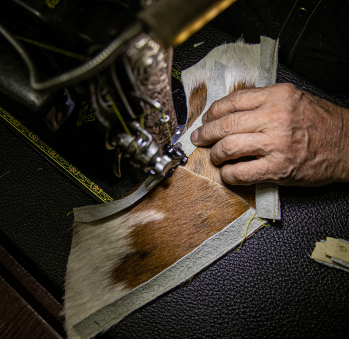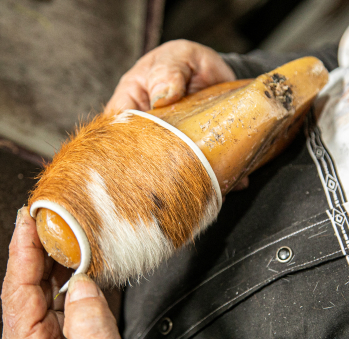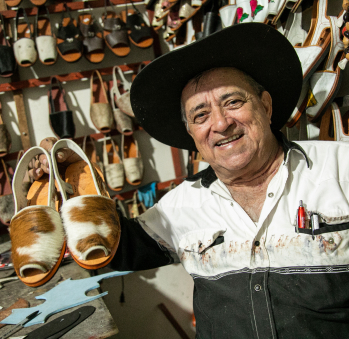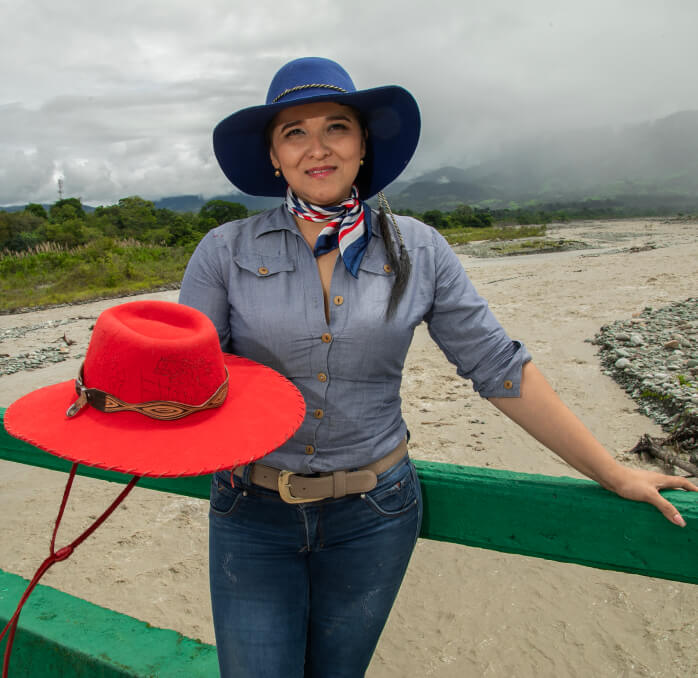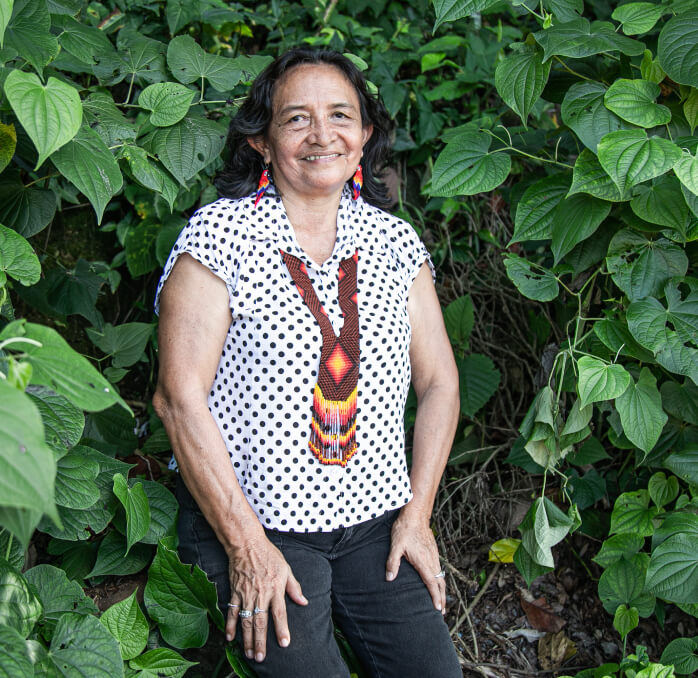Jesús Emilio Castaño González
Workshop: Cotizas Puro Cuero La Festivalera San Martinera
Craft: Marroquinería
Trail: Meta Route
Location: San Martín, Meta
There are plenty of cotizas, but none quite like the San Martinera Festivalera ones,”” Jesús Castaño proudly proclaims, speaking with unwavering confidence. His words hold undeniable weight, considering he is a craftsman responsible for fashioning the most iconic llanero cultural footwear, the cotizas. Thanks to his influence, these soft leather shoes, which double layered soles serve the elegant tapping of the dancers, became a local heritage item once again.
The central figure of this story, a man of eloquence, generosity, joy, and talkative nature, recounts a time when cotizas were no longer produced in the Llanos region. He harkens back to the era of his grandparents, at the dawn of the twentieth century when people preferred to import their shoes from Cundinamarca or Boyacá, rather than produce them locally due to the labor-intensive nature of crafting these shoes. Fortunately, his father, Mr. Marco Camilo, had acquired the art of leatherwork in Caldas, his birthplace. Life had brought him to San Martín, Meta, along with his wife and their fifteen children,where he settled reluctantly when Jesús’ mother told him she was tired of wandering. This came to be his dwelling, the place where his children would put down their roots.
He recollects that the Llanos region has always been an agricultural storehouse, with San Marcos serving as a crucial stop for muleteers transporting rice and corn. San Marcos was the town where the Castaño family embarked on their journey into the world of shoemaking. His father initially offered the “”guayo cafetero,”” a short-legged boot, to laborers who were accustomed to working barefoot. They proved to be very useful for their hard field labors. Armed with the wisdom passed down by his father and the need to make a living, Jesús eventually stepped into the business. He had observed his father’s work and had mastered the art of crafting shoes. He knew how to use the boot trees and make a shoe for both right and left feet—they used to make the same shoe for both feet. He designed cotizas ranging from children’s size 15 to the largest size, 44. He vividly recalls his first 14 pairs of cotizas, which he handcrafted over fifty years ago for the San Martín Tourism Festival. He sold every pair, marking the beginning of his renown, and the origin of the “”San Martinera Festivalera”” concept.
He introduced technical refinements to the seemingly simple and austere process of making these shoes. Through his efforts, Jesús has elevated these shoes from simple labor footwear to comfortable everyday shoes. He crafts them with various sole types, a range of leathers, including exotic varieties like iguana, ostrich, capybara, and alligator, diverse designs, and even embroidery. His day is made when a family enters his shop and, after trying on his cotizas, they all—both young and old—leave proudly wearing a pair. Witnessing a splendid joropo criollo performance also brings immense joy to his heart. He himself eagerly takes to the dance floor after savoring some guarilaque shots, which he affectionately calls the traditional aguardiente, alongside a good dance partner. He prefers the elegant and graceful style over the acrobatic transformations seen in modern joropo.
Jesús, who also serves as a judge at international coleo competitions and traditional San Martín Cuadrillas, is a staunch advocate for preserving traditions. He cherishes his profound understanding of what it means to be llanero—to love the land, to cultivate it, to dance upon it, and to work it. In the present day, his town, positioned as a crossroads between Villavicencio, Bogotá, Granada Puente de Oro, and San José del Guaviare, celebrates his return from Villavicencio, where he spent two decades. Now, he is absolutely certain, just like his mother, that he will remain here, joyfully rooted in this land.
Craft
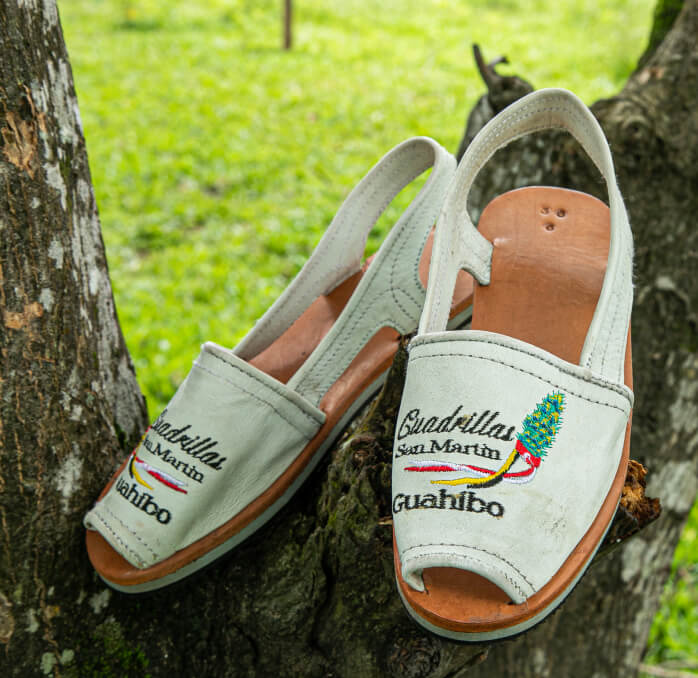

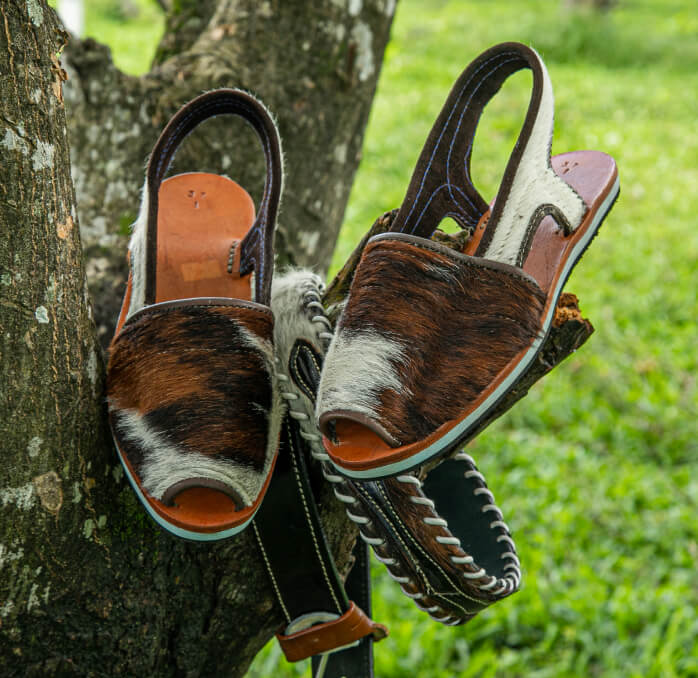
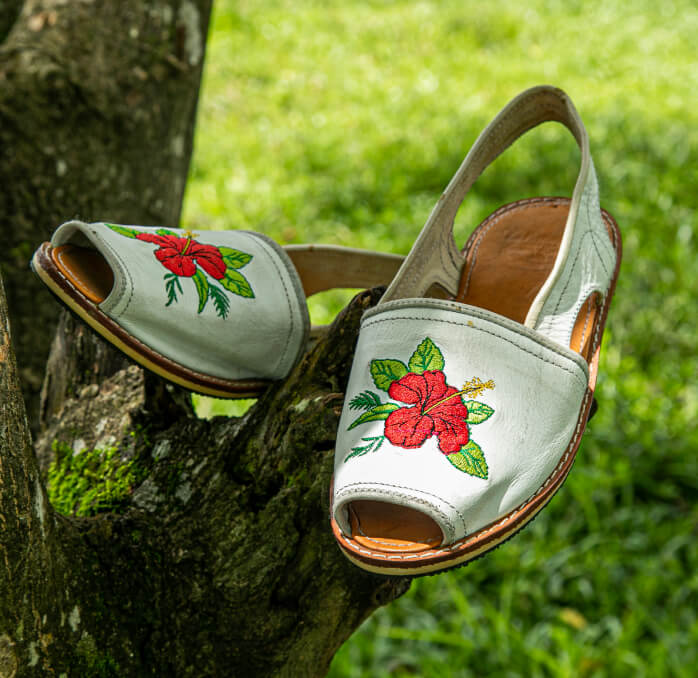
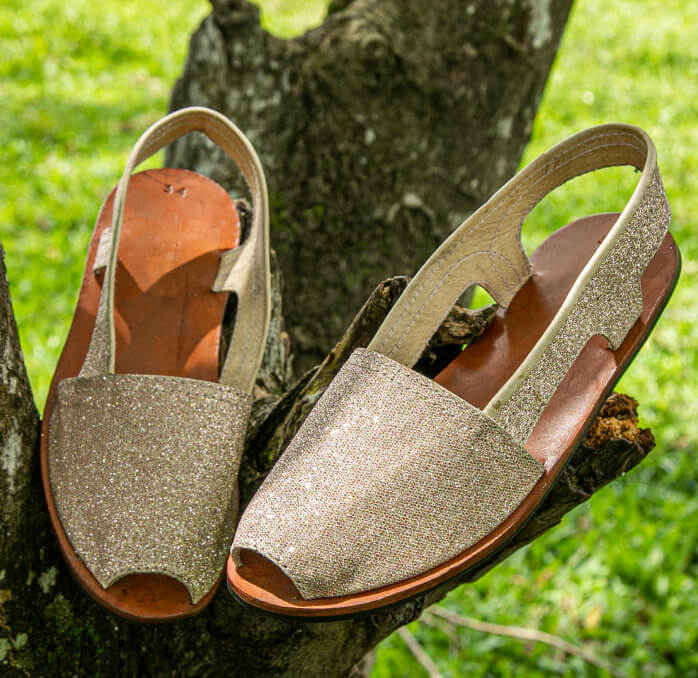

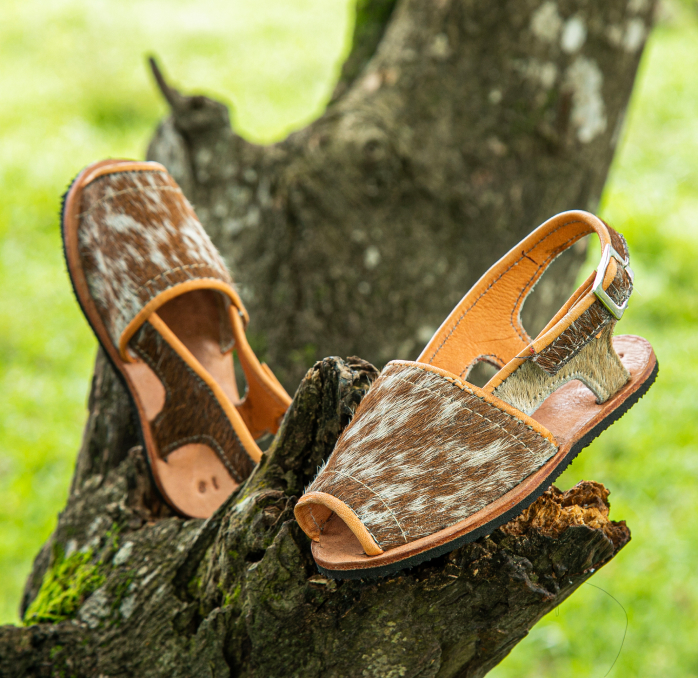
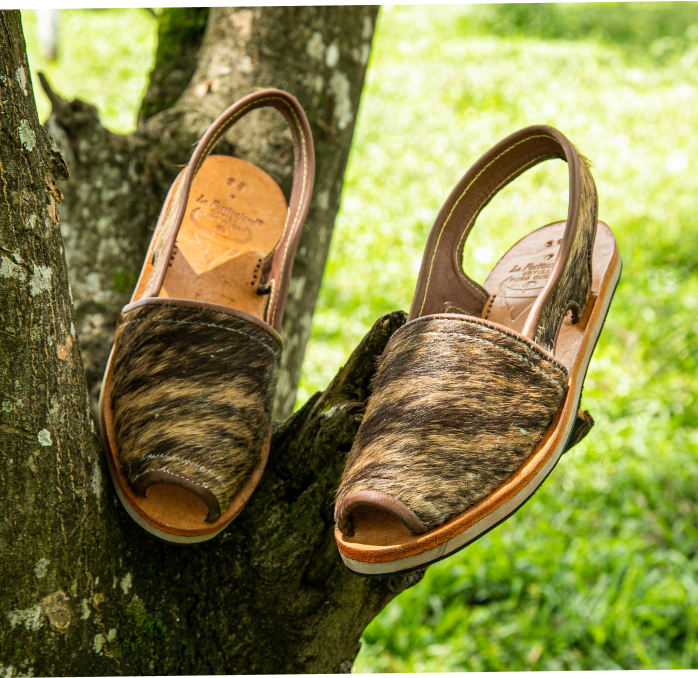
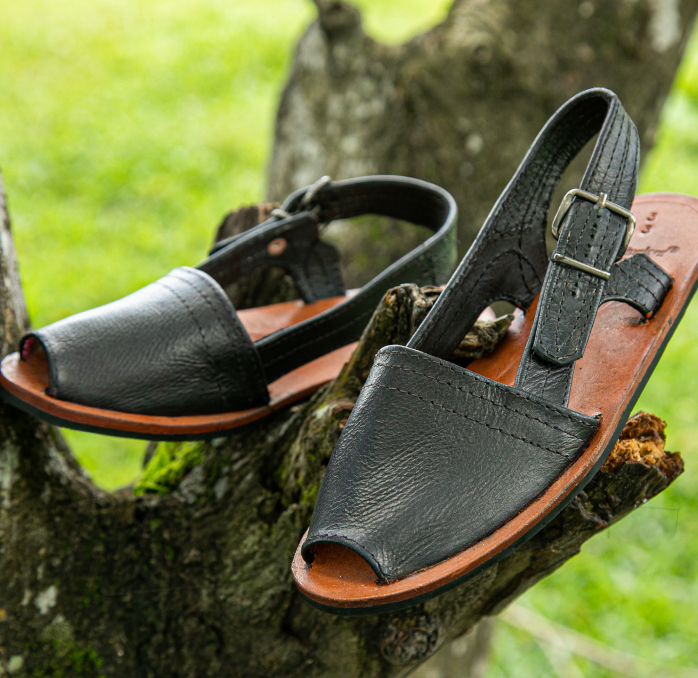
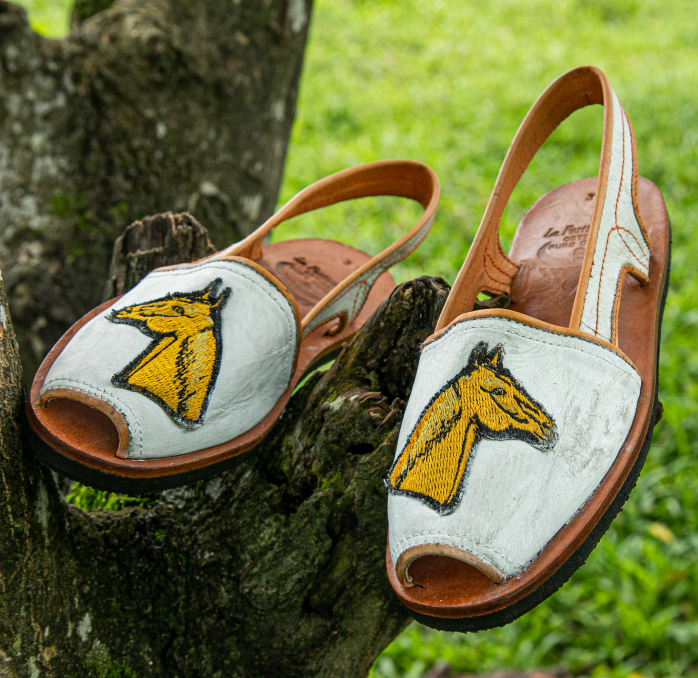










Artisans along the way
Artisans along the way
No puede copiar contenido de esta página










































